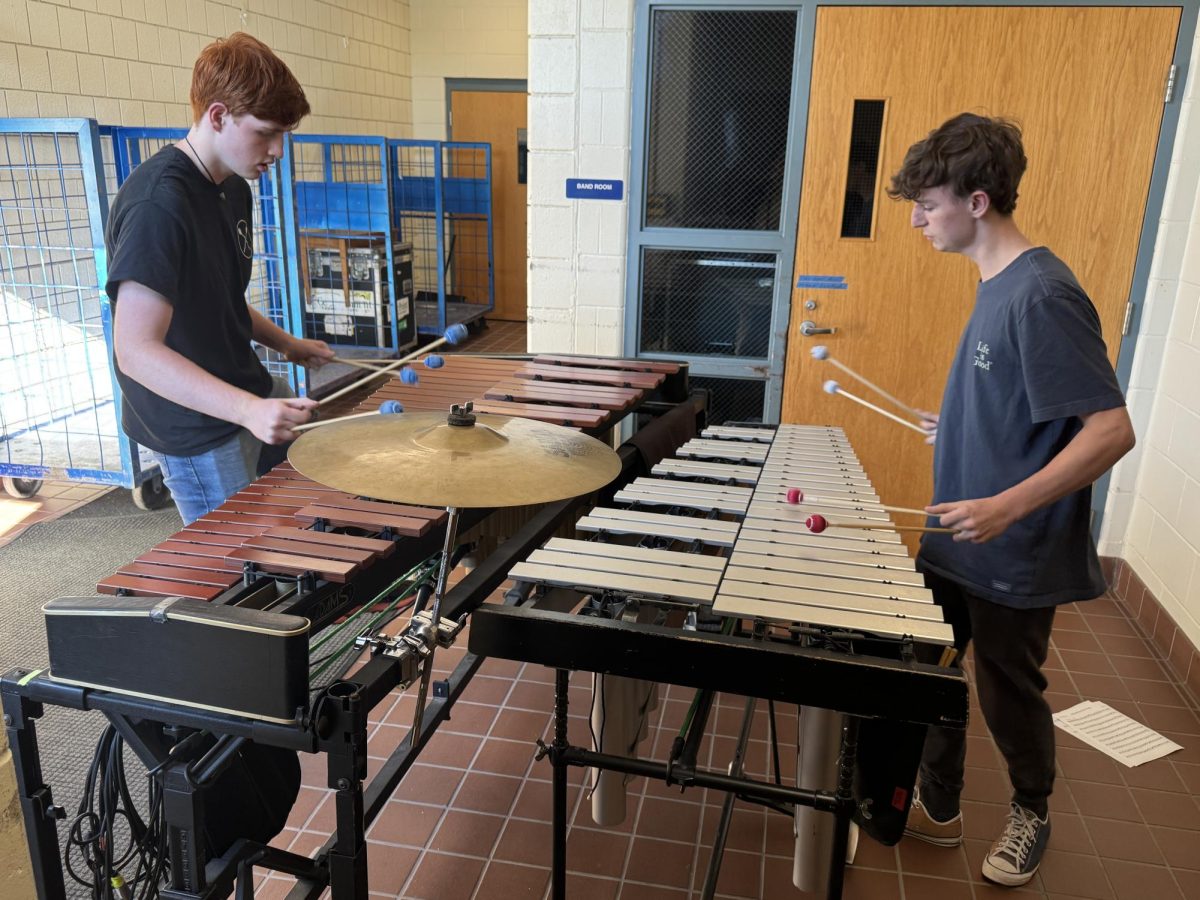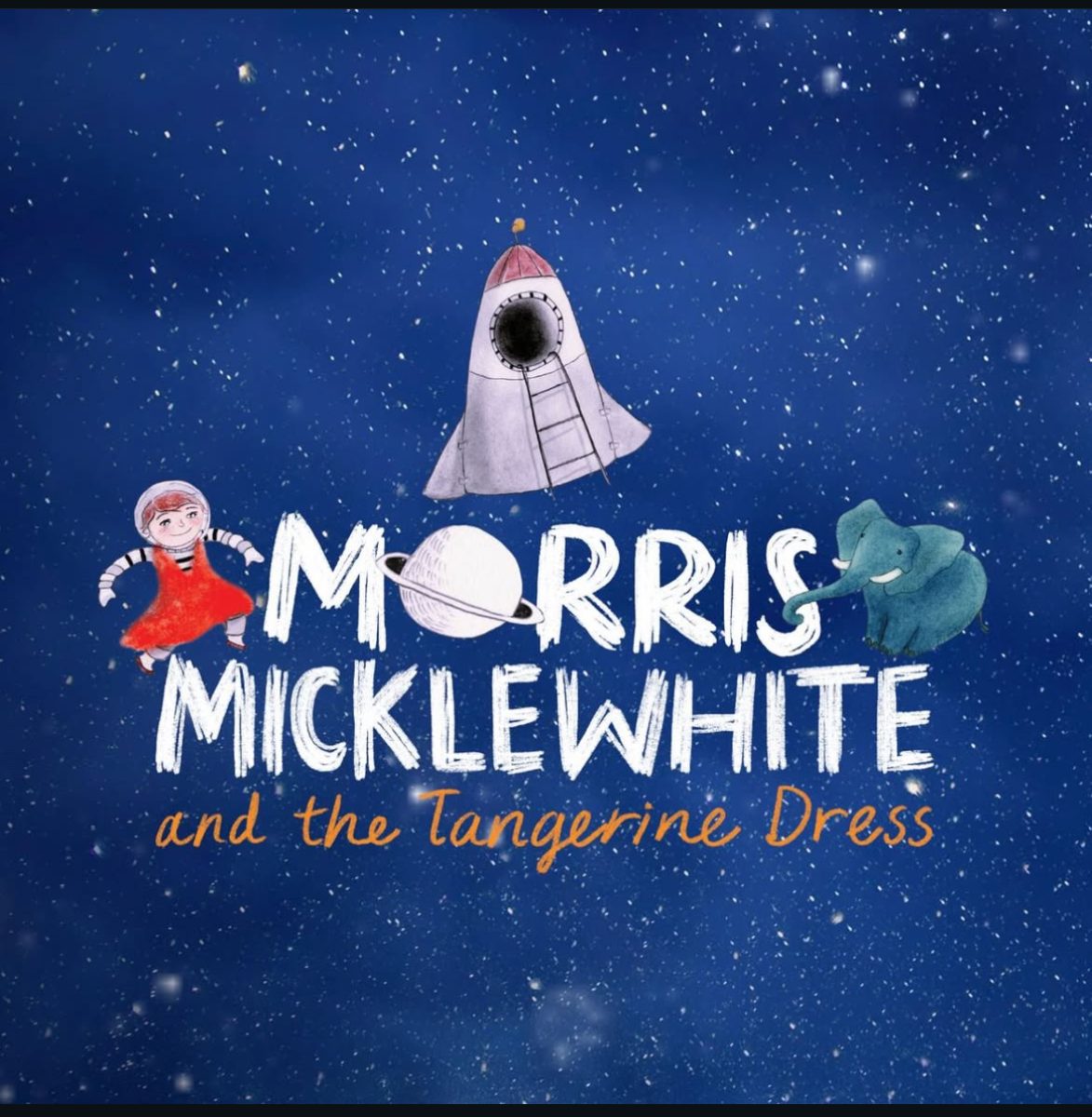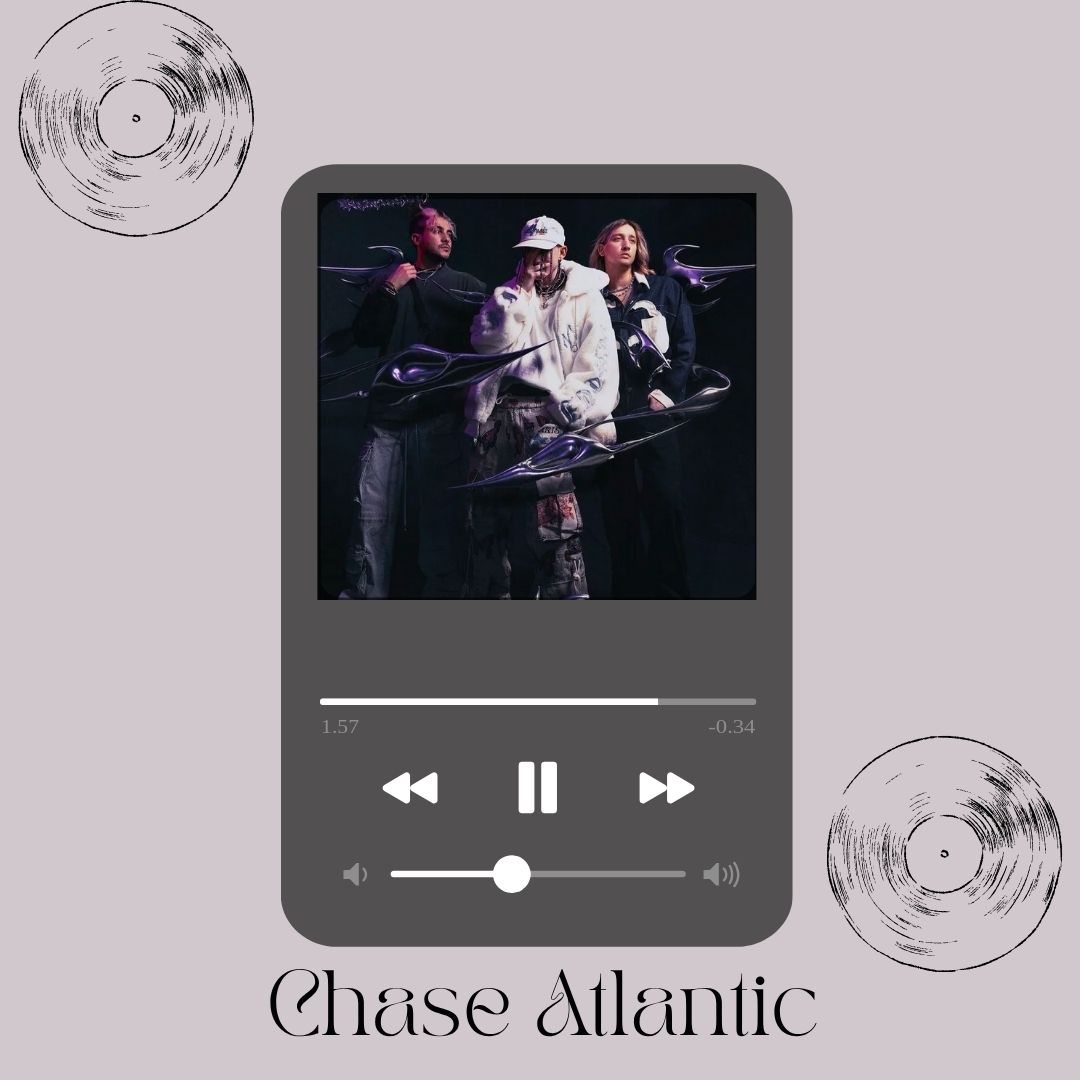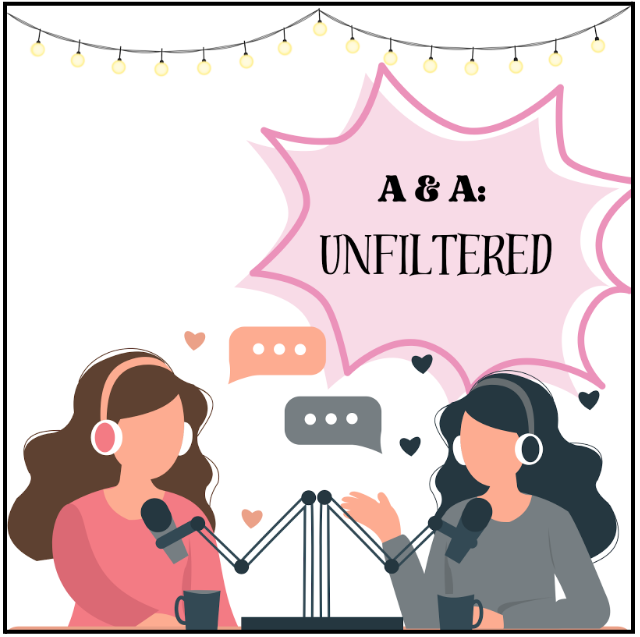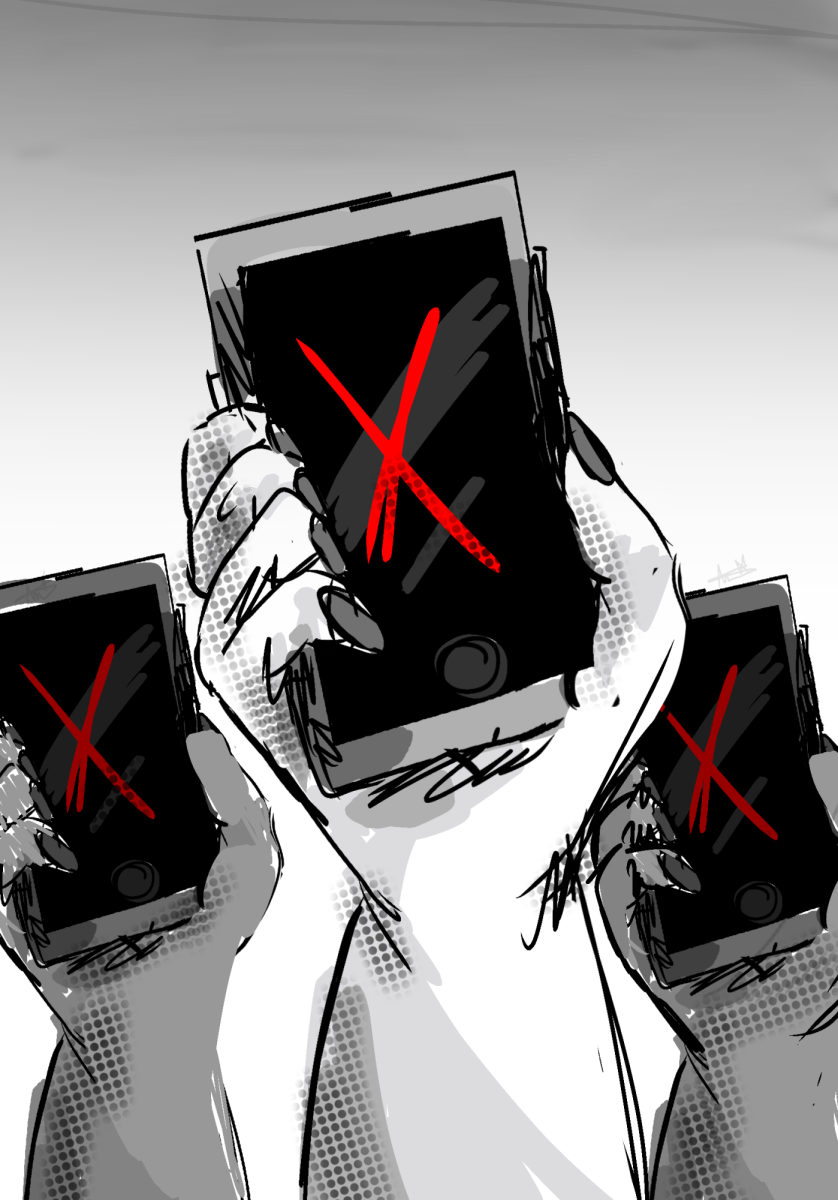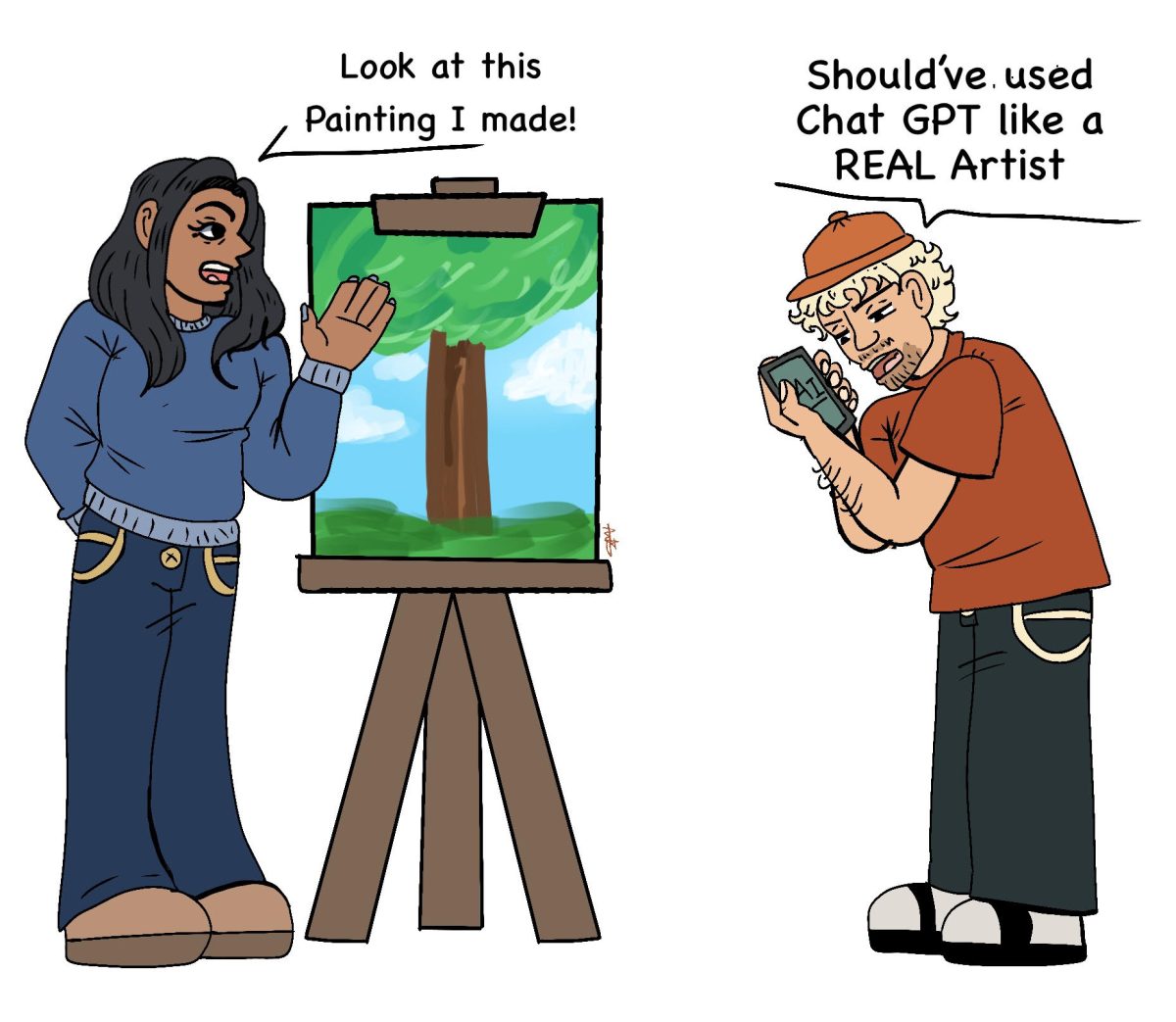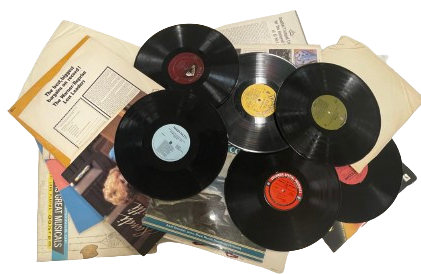
From the crackle of a needle hitting the groove, to the simplicity of pressing play on a smartphone, the ways we listen to music have evolved dramatically with two options: vinyl and streaming. These two options have people wondering which is better.
Statistically speaking, ever since the 21st century, streaming services have skyrocketed in popularity. According to Music Streaming Services Stats (2025), “from 2010 to 2020, revenue increased by around 34x from $0.4 billion to $13.6 billion, and in 2023, music streaming revenue stood at approximately $19.3 billion.” On the other hand, vinyl record format was a shadow of its past, only seeing a 0.2% of total sales revenue that year, according to Camoin Associates. However, since 2007, something unexpected has happened. A resurgence, vinyl record sales have seen a continuous rise year over year, with no plan of stopping. In 2007, original sales started at $14.2 million, and now up to 2022 are $1.2 billion.
The biggest difference between vinyl and streaming is black and white. Each one has their pros and cons, and each great in their own right for certain types of listeners.
The convenience of streaming, and why so many people choose it.

Streaming services are very convenient and on the go. If you’re out of the house running errands, going to the gym, heading to school, or going for a walk, streaming services are the way to go. As a vinyl turntable isn’t portable like putting it in your pocket, this makes streaming music very appealing.
However, there are some limitations to streaming your music. Streaming your music has much less sound quality, compared to a vinyl turntable with a stereo. Your headphones or earbuds can only handle so much of all the different instruments, so it may be difficult to clearly hear all the moving parts within a song. Streaming services also offer any song imaginable for you to listen to, at the cost of say a monthly subscription.
Vinyl listening, music that brings out the heart of a song.
When you listen to vinyl for the first time, you will notice a world’s difference. Vinyl records really bring out all the little details in songs. Autotune from online streaming services mitigates some of the beautiful sounds within songs, such as the bassist plucking the guitar strings, or the drummer beating on the drums while the lead guitarist is on a solo, or the singer is singing their lyrics.
But on vinyl, there is no such thing as autotune and it really brings out all the little details you wouldn’t notice from streaming services. As vinyl returns to form, it opens a whole new world of possibilities for music enjoyers. Many people wrote it off because of how inconvenient it is, but ever since the COVID-19 pandemic, you see more and more people having them within their households. According to Axios, “In the pandemic-era retail apocalypse — many music lovers had more time to listen to albums at home and decided to expand their record collections.”
Vinyl is great for collectors, who love going to record stores, and collecting their favorite albums and singles. One of the biggest downsides for vinyl is the price to get the full setup, and how it’s a stationary form of music. When creating a vinyl setup, you are going to have to be willing to drop a few hundred dollars to truly make it what it’s meant to be. This would consist of the turntable, a pre-amp (if your turntable doesn’t already have one included inside of it), and speakers. A subwoofer is an optional choice but it is highly recommended among listeners.
Despite the price point, people believe it is worth it for vinyl’s strong point, the sound. A vinyl turntable will produce the best, in-depth sound of any album or single you could possibly imagine.
There is a question that begs to be answered, what are beginner recommendations for someone coming into the world of vinyl listening? In no specific order, 3 of the best beginner turntables consist of the Audio-Technica LP-70X, the U-Turn Orbit Basic, or the Sony PS-LX310BT Turntable.
While pricey, these turntables are very convenient for newer users, especially with the LP-70X and PS-LX310BT being fully automatic turntables. This means that when you put the disk on the platter (the spinning, circular surface on a turntable where the vinyl record rests during playback), you select the correct RPM (revolutions per minute, standard is 33 ⅓ RPM for most vinyls, but some are meant to be played at 45 RPM), and disk size (standard vinyl albums are 12”, singles are 7”). For streaming, it’s as simple as a phone and earbuds.
In the end, whether you prefer the tactile charm of vinyl or the seamless convenience of streaming, both formats offer unique ways to experience the music you love. The choice isn’t about which is better — it’s how you want to listen.




